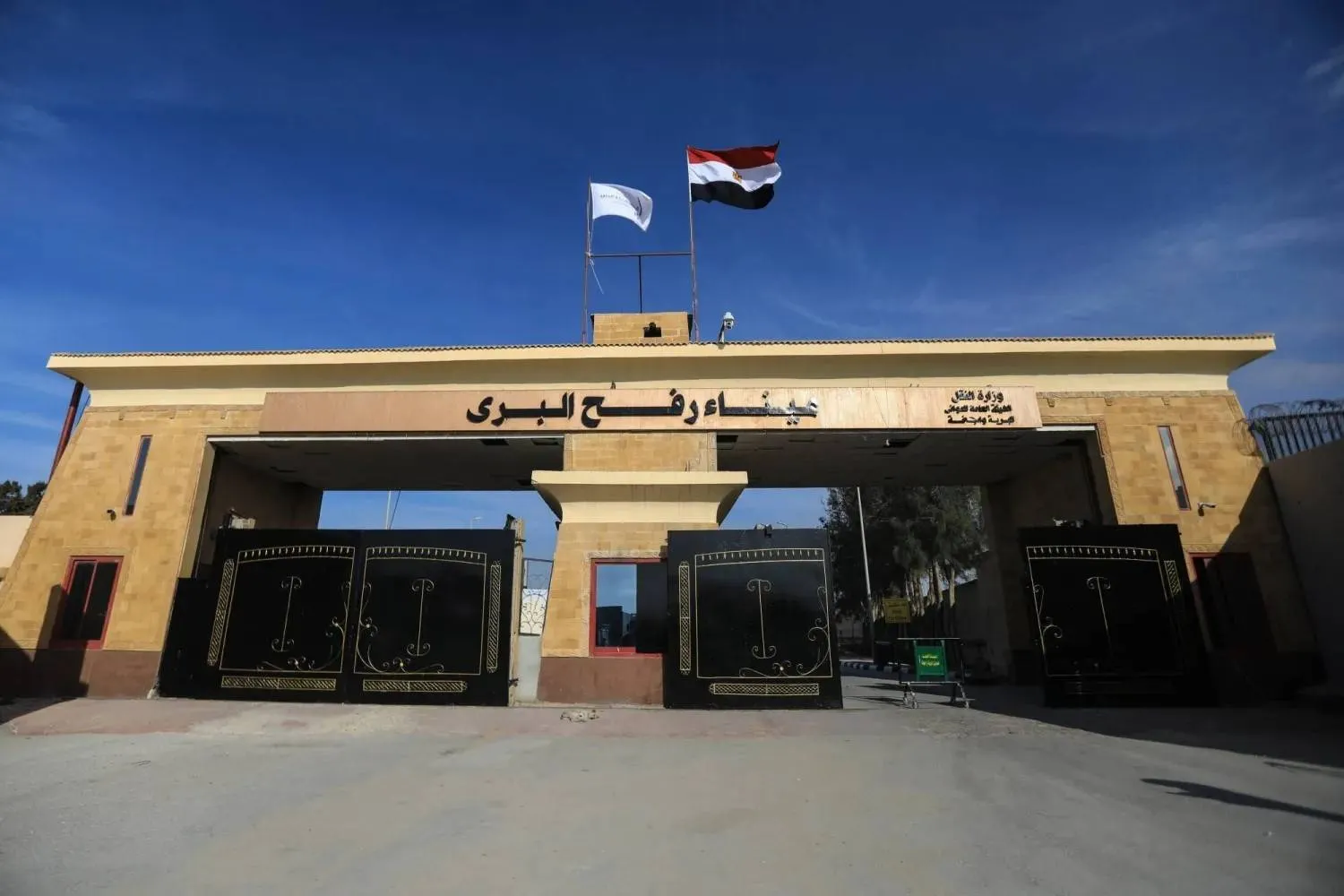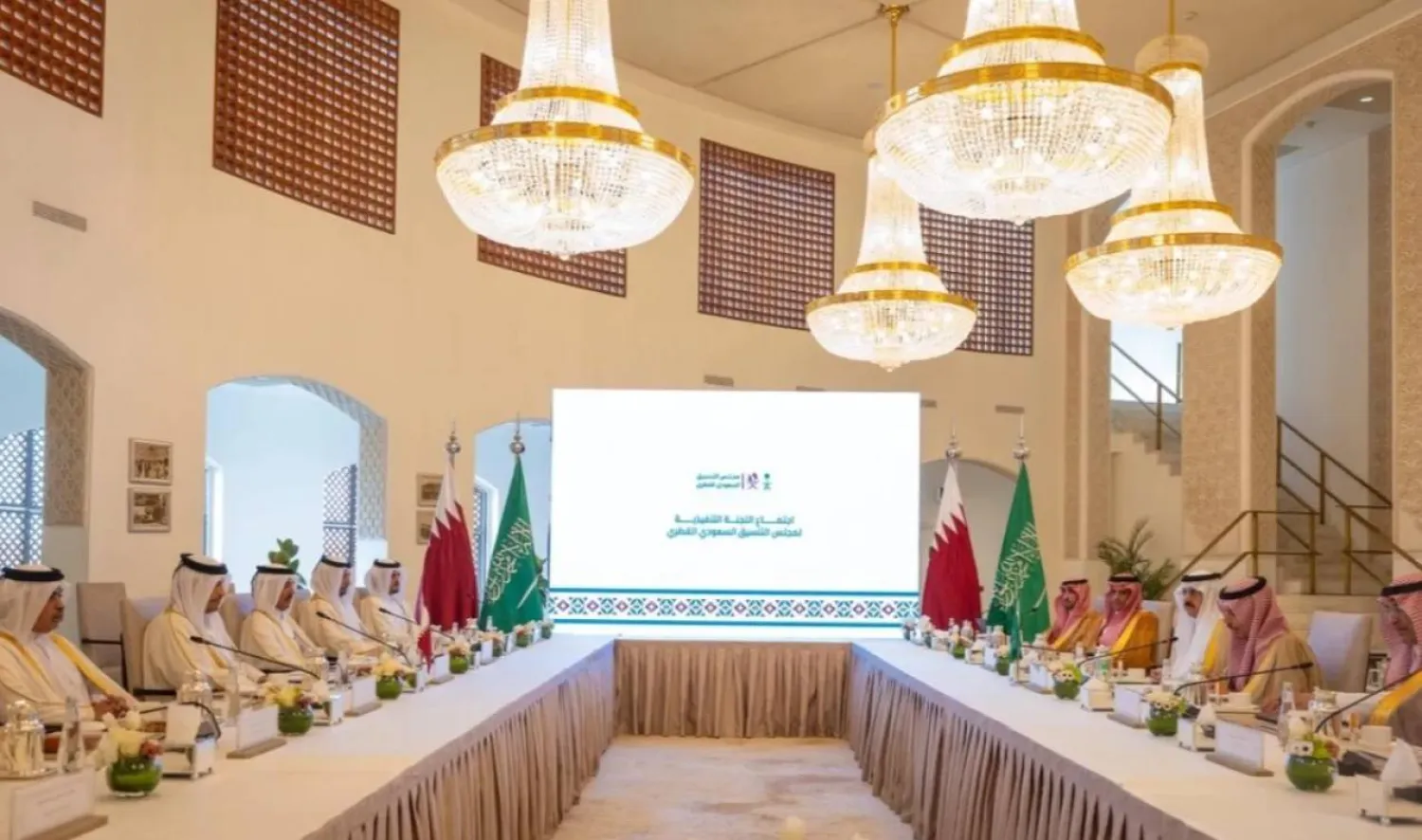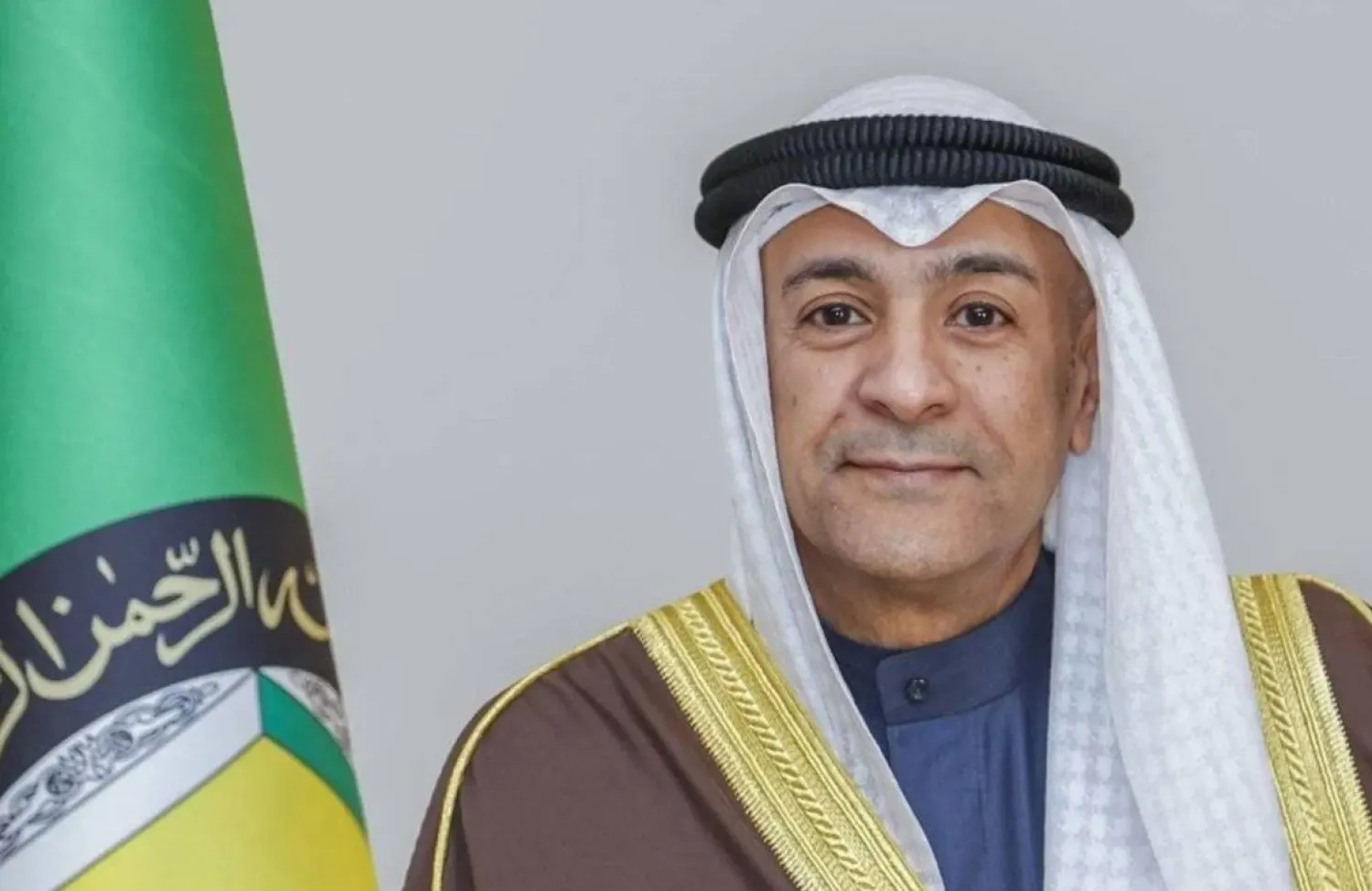A Bahraini court re-sentenced to death a defendant charged with killing a security officer after a Cassation Court had annulled the ruling.
In an unprecedented move on Thursday, the Fourth High Criminal Court sentenced in a re-trial the defendant to death for establishing and joining a terror group and killing an on-duty police officer and a civilian.
On October 22, the Cassation Court overturned the death sentences it had upheld in 2015 against two Bahraini defendants and returned their cases to the Appeals Court for trial.
The two suspects had been convicted on Dec. 24, 2014 for the murder of a policeman in a terrorist attack in Al-Dair District.
The policeman was killed while on duty southwest of the Bahraini capital Manama, in the village of Damistan.
Bahrain’s news agency quoted on Thursday the head of the anti-terror crime prosecution, Ahmad Al Hammadi, as saying that the defendant’s charges included carrying out an explosion, the possession of explosives and weapons for terrorist purposes, raising funds for a terror group, illegal rallying and rioting.
The court also ruled to revoke his citizenship, he said.
The case involving 23 defendants had been reviewed by a court that sentenced one of them to death and the others to life in jail.
The court also revoked their citizenship and ordered two defendants to pay up to BD200,000.
The ruling was approved at the next stage by the Court of Appeals.
In the death penalty ruling, and in accordance with Bahrain's laws, the case was referred to the Cassation Court and the judges decided to send it back to the High Criminal Court that issued its verdict.









